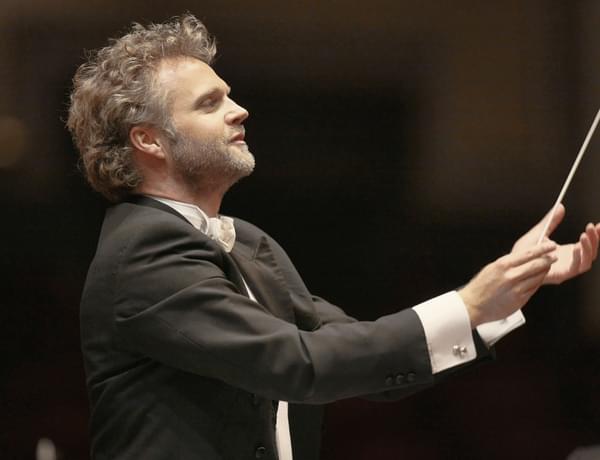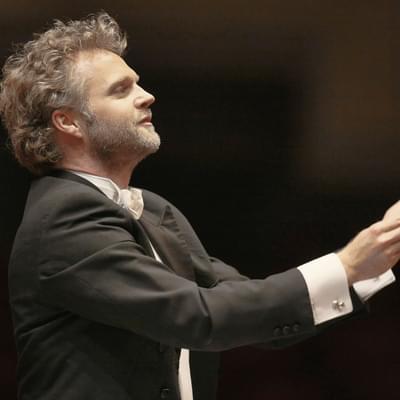Rush Hour Concert: Brahms 2

Full programme
- Brahms, Symphony No.2 (Symphony No.2)
Performers

Thomas Søndergård
Conductor
Programme notes
Symphony No.2
Johannes Brahms (1833-1897)
Brahms spent two decades writing his First Symphony. As a young man, Schumann had hailed him as the heir to Beethoven - so Brahms, self-critical at the best of times, knew that he had a lot to live up to. It was finally premiered on 4th November 1876. And then, less than a year later, Brahms announced to his astonished friends that he’d finished another. So soon after the First, and written in a fraction of the time - what on earth could it be like? Brahms dropped a few hints shortly before its premiere on 30th December 1877. “Musicians here play my latest in black crape armbands because it sounds so mournful” he wrote not a friend, “and it’ll be printed with a black border”.
If you know the Symphony you’ll already be smiling. For all his seriousness, Brahms loved a leg-pull. This new Symphony was the sunniest and most serene major work he’d ever put in front of an astonished public. The stormy-browed titan of the First Symphony had now, it seemed, made a Symphony of waltzes, lullabies and glowing colours. Everything about it breathed relaxation, and some listeners dubbed it Brahms’ Pastoral symphony. He spotlights the rustic sounds of horns, clarinets and cellos, and includes a third movement whose lilting oboe solo sounds like a shepherd’s pipe.
But this is definitely Brahms’ Pastoral, not Beethoven’s. Beethoven’s is in F major - a clear, bright key, and his symphony is brisk and springlike. D major, Brahms’ choice, is traditionally a mellow key of warmth and celebration - so, put one way, Brahms’ symphony feels like a golden late-August afternoon against Beethoven’s bright May morning. That could hardly be the whole story, of course - a composer who’s just spent most of his adult life learning how to write a true classical symphony doesn’t suddenly forget those lessons. Opening with a rumble in the basses and a tender horn call, it’s a good few bars before the violins sail in with a serene, singing theme and the movement starts to stir. It feels like Brahms is simply gathering breath.
But listen carefully - the four low notes that are the very first things you hear appear again and again throughout the symphony, tying the argument together. The lovely melody for cellos and horns a few moments into the first movement might sound like the twin of Brahms’ famous Lullaby; but it’s also the “second subject” of this classically-structured movement. And the second movement, rich and dark, really is Brahms at his most eloquently serious. He knew that sunshine alone can express nothing without shade. Vintage wine from fine old kegs: this Adagio pours its wisdom sweet and clear.
But still - the Second Symphony really was the very last thing anyone expected from the composer of the First. Anyone, that is, except Brahms, who throughout his career followed passionate, hard-fought masterpieces with works that seemed the exact opposite. Few composers disciplined themselves as strictly as Brahms. So when we hear him indulging in long, gorgeous solos for his beloved horn and clarinet, letting fly as exuberantly as he does in the finale, and finally blazing exultantly away with the biggest brass section he ever used - well, it’s hard not to feel he’s earned the right. As his great supporter, the critic Eduard Hanslick put it: “The Second Symphony extends its warmth to connoisseurs and laymen alike. It belongs to all who long for good music, whether they understand the technicalities or not”.
© Richard Bratby
Featured image © Andy Buchanan